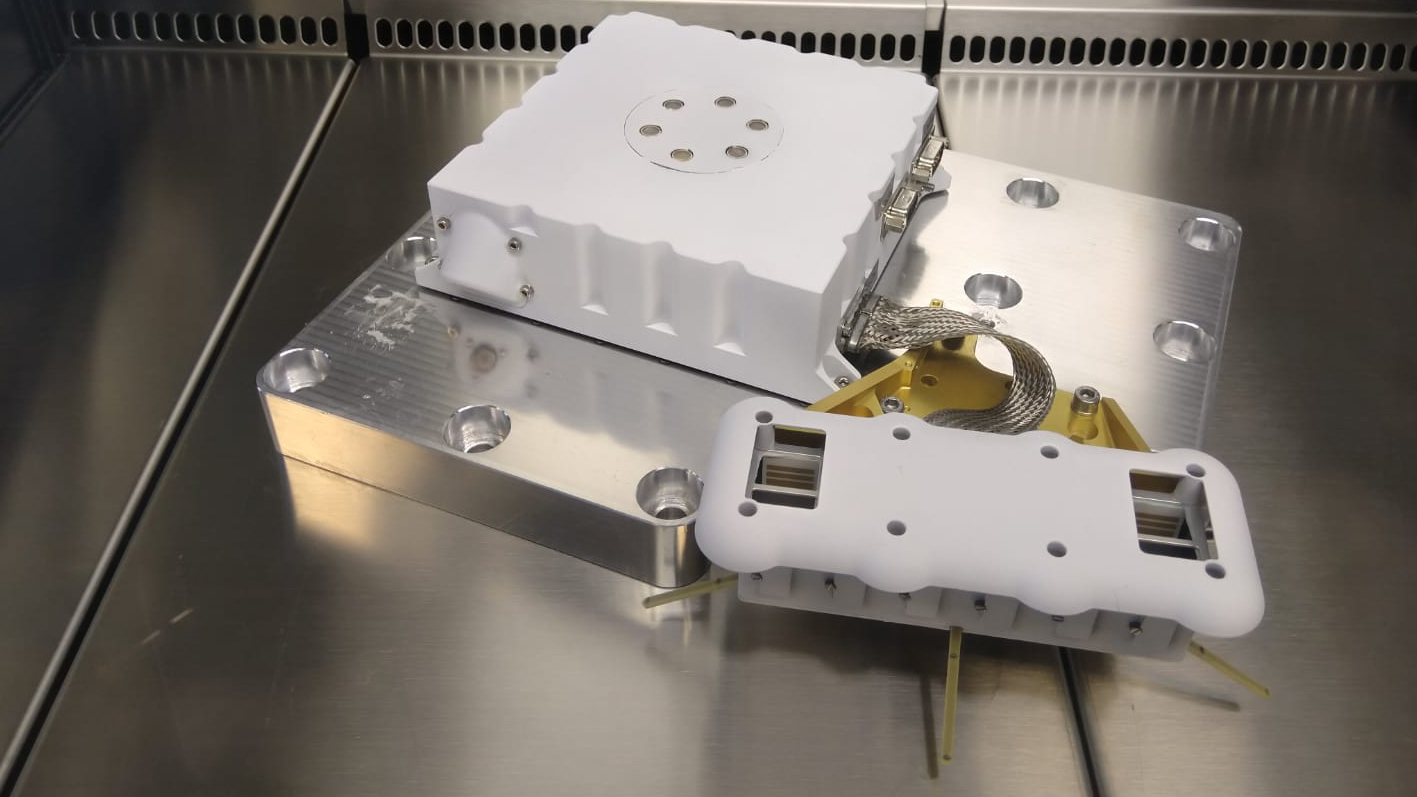PML expands horizons with Prof. Javier Martin-Torres project HABIT
12/04/2020

The appointment of Javier Martin-Torres as Specially Appointed Professor is the result of the international collaboration established by Prof. Eizo Nakamura with Prof. Javier Martin-Torres. This article pretends to introduce the project HABIT developed by Prof. Javier's Group of Atmosperic Science. As PML is expanding horizons to the Extraterrestrial and Planetary Materials science, this collaboration is an oustanding oportunity for PML to learn from GAS HABIT about the possible habitability of Mars. The HABIT (HabitAbility, Brine Irradiation and Temperature) instrument is a European payload of the ExoMars Surface Platform 2022 composed by 2 modules: (i) EnvPack to characterise the present-day habitability on Mars by quantifying the availability of liquid water, the thermal ranges and ultraviolet radiation; and (ii) BOTTLE (Brine Observation Transition To Liquid Experiment), an In-situ Resource Utilization instrument to produce liquid water for future Mars exploration, and to study atmospheric dust properties and deposition. BOTTLE will be used also to investigate the present-day atmospheric-ground water cycle and to evaluate if liquid water can exist on Mars in the form of brines, and for how long.
The quest about the habitability of present-day Mars is still an open challenge and a crucial aspect for the future human space exploration. The search for present life and habitability on Mars is conditioned by the availability of liquid water. It has recently been shown that liquid water is stable on Mars in the form of brines. Two other environmental conditions constrain the habitability of the near surface of Mars, the thermal range and the ultraviolet radiation dose. HABIT is a European payload of the ExoMars Surface Platform of the European Space Agency (ESA) and the Russian Federal Space Agency (Roscosmos). HABIT will characterize the habitability of the ExoMars landing site Oxia Planum, in terms of Ultra-Violet (UV) radiation, air and ground temperature (T), as well as liquid water availability and in-situ atmospheric water extraction usage.
Please enjoy an explanatory video of HABIT!
For further information please click the link to Group of Atmospheric Science. All the credit of the information contained in this page belongs entirely to the Group of Atmospheric Science.